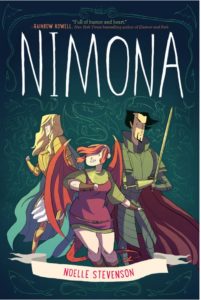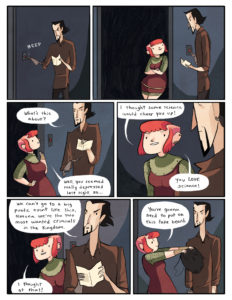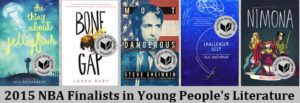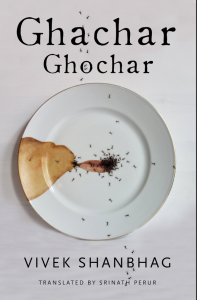“Beowulf” A translation and commentary by J.R.R. Tolkien
“Beowulf” is the longest Anglo-Saxon epic poem in Old English, and is dated to the early 11th century. It is about Geatish prince Beowulf who comes to the aid of Danish king Hroðgar, slaying the monster Grendel and his mother and fifty years later a dragon guarding treasure. Tolkien’s date for the poem is the 8th century. In 1920 Tolkien began teaching Old English at the University of Leeds. He finished translating the poem in 1926 but never published it. He was thirty-four. He was in a dilemma which he expressed in a letter to Rayner Unwin of November 1965 concerning his inability to compose the ‘editorial’ matter to accompany his translation of Sir Gawain and the Green Knight.
I am finding the selection of notes, and compressing them, and the introduction, difficult. Too much to say, and not sure of my target. The main target is, of course, the general reader of literary bent but with no knowledge of Middle English; but it cannot be doubted that the book will be read by students, and by academic folk of ‘English Departments’. Some of the latter have their pistols loose in their holsters.
Forty years after his death Tolkien’s third son and literary executor, Christopher Tolkien, decided to publish the translation along with his father’s series of lectures given at Oxford about the poem in the 1930s and the unpublished ballad Sellic Spell — an imagined story of Beowulf in an early form. Also included in the book are two versions of Lay of Beowulf. As Christopher recalls in the Preface: “His singing of the Lay remains for me a clear memory after more than eighty years, my first acquaintance with Beowulf and the golden hall of Heorot.”
For years now there has been speculation about the translation. In fact in 1999 Seamus Heaney published a brilliant translation of the poem which won the Whitbread prize too. In 2014 Tolkien’s estate announced the publication of Beowulf. Tolkien has in his translation retained the spirit of the poem, its descriptions and rawness but changed the alliteration in the original to run-on lines — a prose translation. There is considerable debate about this dramatic restructuring of the form in the “modern-day” translation by Tolkien. The majority view is that the clunkiness of Old English forced an alliterative structure to the poem for it to be narrated but this was no longer a necessity with modern English. It was possible to create a story in a nuanced fashion and hence Tolkien’s preference ( or presumably ease) with a prose version. Yet the shift in structure does little to spoil the beauty of the poem. There is a wonderful review-article of the book in the New Yorker by Joan Acocella. It was published within weeks of the book’s release in 2014. She gives a brilliant background to the possible compulsions ( read monetary) that drove Tolkien to consider a translation of this long poem before embarking upon an exquisite textual analysis of the poem. She compares the new translation with the original while comparing it to the Seamus Heaney translation. At the same time Joan Acocella brings in Tolkien’s fascination with languages — already told to fabricating new ones as he did famously for the Hobbit series with Elvish or the private language, Nevbosh, that he shared only with his cousin Mary. All these talents of Tolkien go into making the wonderful new translation of Beowulf.
It is a delicious translation enriched further by the endnotes and lectures. This volume is a keeper.
Beowulf ( Translated by J. R. R. Tolkien) Edited by Christopher Tolkien. HarperCollinsPublishers , London, 2014. Hb. pp. 430 Rs. 799




